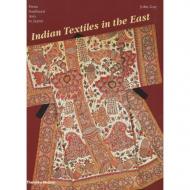Gabriele Fahr-Becker
ID:
5355
In the ryokan, the traditional Japanese guesthouse, building and landscape are melded in harmonic unity. The customs, art, and history of Japan become a vivid, personal experience. - Richly illustrated articles discussing art forms, ways of life, and traditional rituals in ancient Japan: architecture, painting, color woodcuts, ceramics, ikebana, select foods, clothing, no theater, martial arts, seasonal festivals, and more - Extensive glossary of terms relating to Japanese culture - High quality pictures by the internationally recognized photographers Narimi Hatano and Klaus Frahm A stay in a ryokan is far more than an overnight in a Japanese hotel - it is a journey through time that allows you to become a guest in Old Japan. Whatever form the ryokan may have, wherever it is located, you will participate in the traditional way of life of a country that remained isolated from foreign influences for more than a thousand years, and developed a unique, highly aesthetic, and fascinating culture. With only few compromises to modern times, a ryokan offers an experience of a world we thought was lost, in which we can immerse ourselves, detached from our everyday lives. Art, architecture, and the culture of daily life in ancient Japan as well as ceremonies and rituals, including the tea ceremony, the way of the Samurai, and much more is elucidated and explored in richly illustrated articles.














